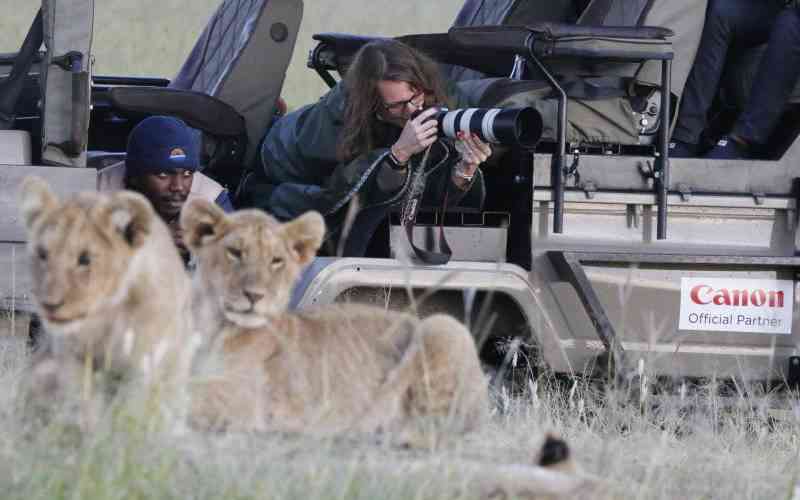×
The Standard e-Paper
Truth Without Fear

Photographers on a shooting expedition within the Maasai Mara National Park. [Stafford Ondego, Standard]
Kenya is a leader in environmental matters. We are the global headquarters of the United Nations Environment Programme. Kenya is also the preferred regional headquarters for many conservation organisations.